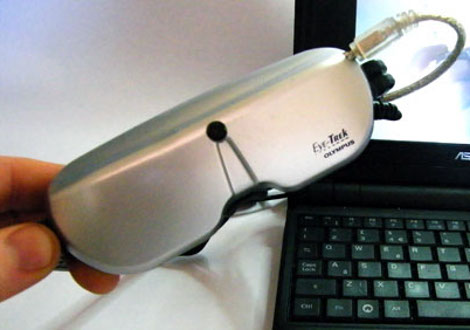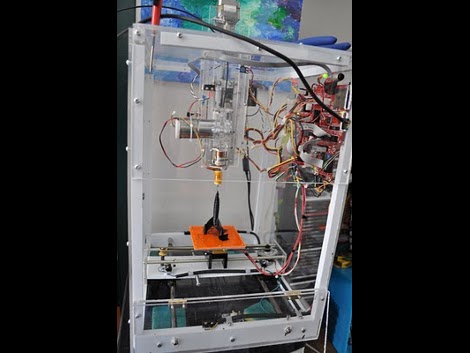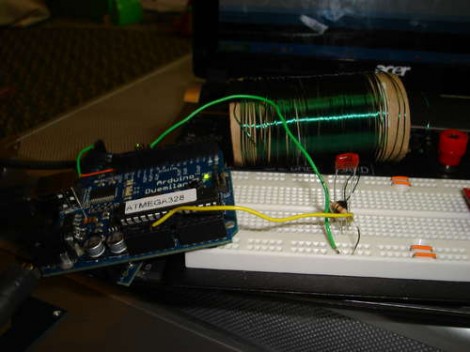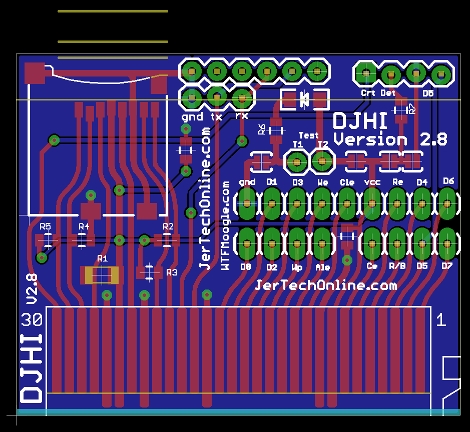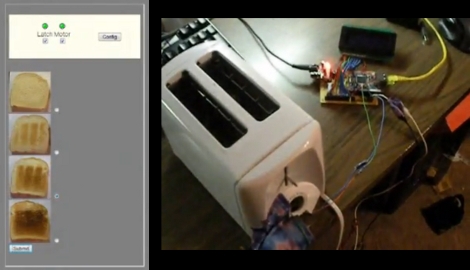
Within a ten-hour window [Wes Brown] threw together this toaster with a web interface for one of his classes. He sourced the WIZnet embedded webserver for the project but this could be pulled off with a homebrew webserver as well. When you point your browser to the correct address you’re greeted with images of bread that have been charred to various degrees. This greatly complicates the act of making breakfast while at the same time presenting a possible fire hazard. Check out the video after the break.

